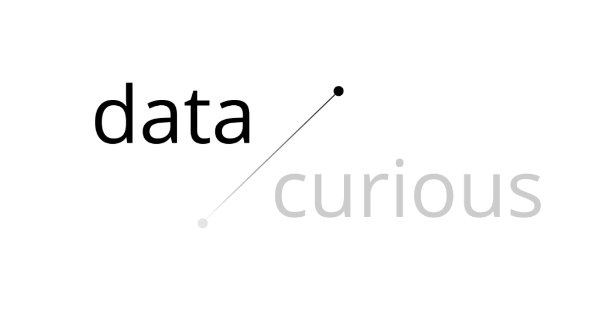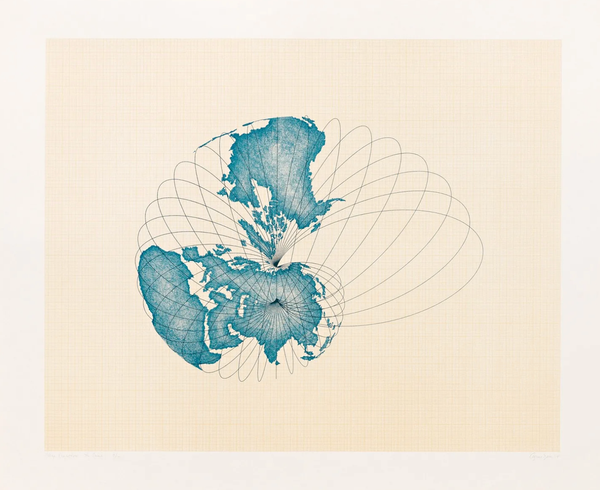Data Curious 15.11.2018 - Satellite analysis, SpaceX Rockets and new Python libraries

15.11.2018
Hi there. Last week was thinking about satellites and space. I was also thinking about how data can be used to solve big problems, societal problems. You'll find resources on both of these big questions in this edition of Data Curious.
Let's get to it.
Read_
Satellite analysis, solving problems with big data, and creating a more equal society
What can satellite imagery tell us about obesity in cities?
When paired with AI, quite a bit actually. Researchers from the University of Washington created a deep learning network to analyse 150,000 satellite images across four cities to pull out trends that could correlate to higher obesity rates.
From satellite to insight →
How can I help solve large-scale societal challenges with big data?
Here are five good examples of projects that do it well: fire hazards, humanitarian aid, police violence, recycling, and street harassment. Big problems require big data — and visualisation.
How can we use data tools to encourage a more equal society?
The Financial Times is experimenting with a new bot that detects when a journalist is quoting too many men in an effort to encourage including more women in their pieces.
Introducing the anti-mansplainer →
Explore_
America's anxiety and a repository of beautiful charts
What are Americans always anxious about?
Thirty years of anonymous advice columns would be a good place to start. This new visual essay from The Pudding + IBM Watson uses NLP to analyse 20,000 letters to the famous "Dear Abby" column on what keeps them up at night.
Dear Abby, give me insights →
Where can I find all of the FT charts?
The Financial Times released a beta app that allows you to explore all their data-driven stories through charts. Their data team have become experts at telling a story in a single chart, with detailed annotations and highlights. It's a central directory to browse all their data visualisation work (which is superb). And it will save you time if you're looking for some great references.
Analyse_
SpaceX rockets and US school enrollment
How many rockets is Elon Musk launching into space?
Last week I discovered that SpaceX has developed an API. You can get data on how many rockets and launches have taken place, and where they have launched from.
Rocketman →
How has enrollment changed over time in the US school system?
This new API released by the Urban Institute compiles education data from multiple sources. The API documentation has examples for how to retrieve data on grade, race and sex for each school, including much more.
Learn_
Time-saving Python libraries, visualising trade networks, and quick visual EDA
How can I save time by using different Python libraries?
This list of "lesser known" libraries has some great resources. I hadn't heard of most of them, and now I'm particularly interested in fuzzy-wuzzy and Flashtext for quick NLP.
How can I visualise global trade networks?
Patrick Feller posted a helpful tutorial on how to make network graphs using the NetworkX library in python and D3. If you haven't used D3 before, don't be too intimidated: Patrick has included heavily commented code to break it down line by line. A+ Pat.
What charts should I be using in my Exploratory Data Analysis (EDA)?
Start with the basics: histogram, bar chart, line chart, scatter plot (and don't forget the fantastic "pairplot" function from the Seaborn library). But after that, check out some other useful code snippets in this article to make things like heat maps and radar graphs.
Spread the love.
Share this edition of Data Curious.

Thanks for reading. More to come next week.
Ben_ say hi: twitter | medium | github




